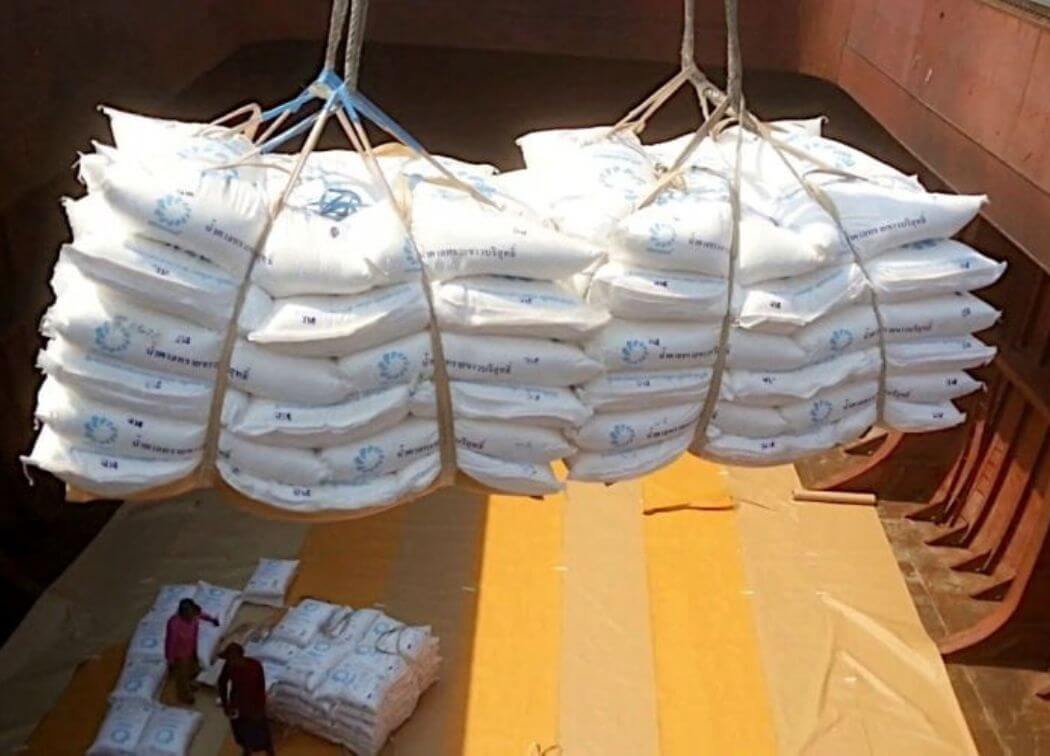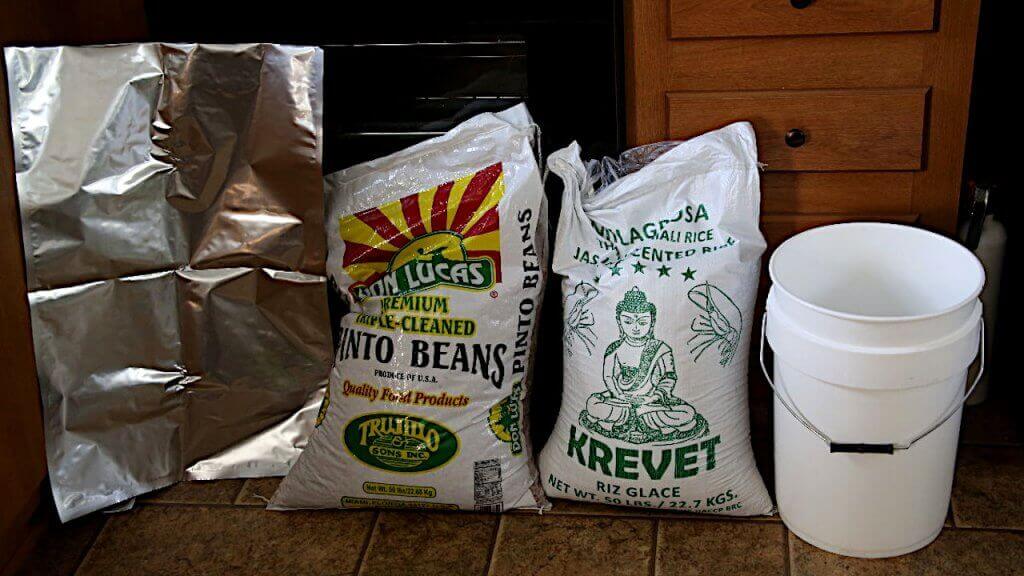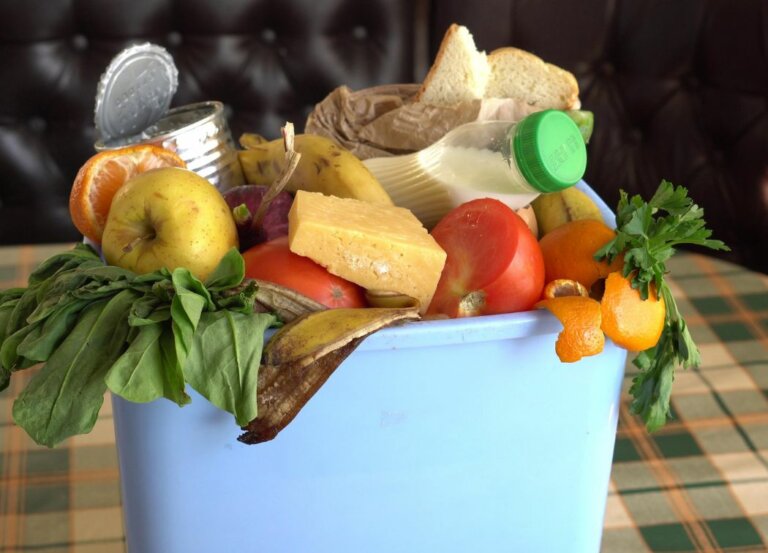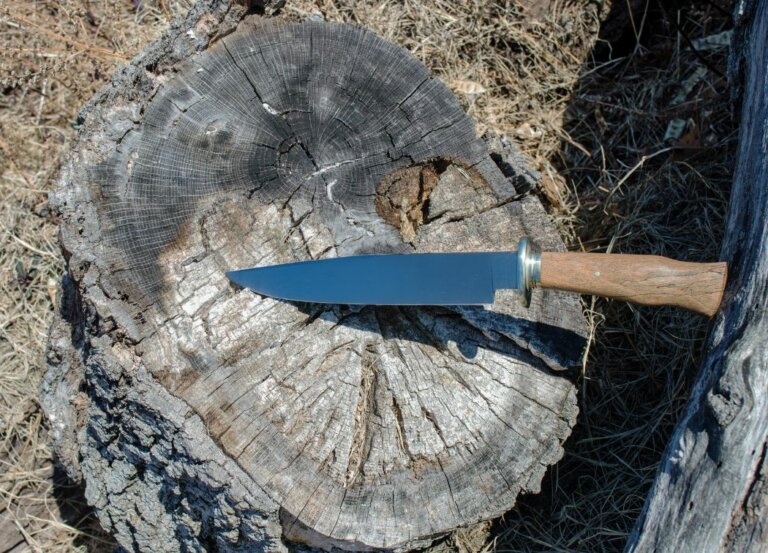Saving Rice For Long Term Food Storage
Learn how to properly save rice and other dried foods for long term storage with our simple tutorial and these step-by-step instructional videos.
Rice is one of the great wonder foods.
While rice alone cannot keep you alive it should be an important part of your survival stores, especially if you’re on a budget.
A 10lb bag of rice is full of carbs and is cheaper than dirt. It’s like a 10lb bag of energy!
White rice is all starch (carbs) and metabolically equivalent to potatoes, white bread, pasta, flour and even raw sugar.
Starches are not completely digested by our bodies and the indigestible carbohydrates are not just neutral bulking agents, but have important physiologic effects, and contribute energy to the diet.
Starches are not all equal in their effects on blood glucose and lipids, but some studies have linked eating large amounts of white rice to an increased risk of diabetes.
This is why it is important to vary your diet and your food stores. You don’t just eat rice every day do you? So don’t stockpile rice exclusively but also include lentils, corns, wheat, pastas, and beans.

The Best Rice
While brown rice may be more nutritious avoid storing it as the fats and oils in the husks will go rancid fairly quickly.
Brown rice stored in mylar bags inside 5 gallon bucks with o2 absorbers stores about 6 months, whereas white rice stores roughly 20+ years in the same mylar bags.
How Much Do You Need
The easiest way to figure how much rice one person needs for one year is to determine how many cups of rice you want to eat every day and then divide that by how many cups there are in a pound of rice.
Why not figure it by calories, you ask through your screen? Because man cannot live by bread…err rice (or any simple carb) alone. For this reason storing rice by calorie count alone is a mistake because it will not be your only calorie source.
For most people with a varied stockpile of food 1/2 cup of rice per day is enough. Most people balk at this idea and end up throwing money away on unneeded food “just in case”.
Remember these are your emergency food stores, and not intended to be a feast. Your food stores are temporary and only intended to get you through until another sustainable food source can be found, such as a garden, so they should be eaten sparingly.
For the record, 1/2 cup of rice is about 300 calories. 1,500-2,000 calories/day will get you by just fine. Mixed with other foods such as beans, meat, and wheat, 1/2 cup per day will round out your new diet nicely.
There are roughly five 1/2 cup servings in 1lb of rice. This means for every 1lb of rice you have 5 days of stored rice, so by doing some simple math we find that 73lbs of rice will last one person an entire year and a family of 4 will need about 300lbs of rice, 292lbs to be exact.
The Do It Yourself Way

You should buy your white rice in bulk 50lbs bags to save money.
Large warehouse chains like Costco and Sam’s Club always have plenty of 50lb bags laying around. You can also try your local Asian marketplace for great deals on bulk rice.
Here’s a quick list of what you’ll need:
- Several food grade (best) or Home Depot/Lowes (they’ll work) 5-gallon buckets. Each bucket will hold roughly 35 lbs of rice.
- 5-gallon mylar bags
- Oxygen absorber packets (1,000 cc per piece)
- Bag sealer (or just a flat iron or an iron)
Before we begin let me clarify a few things. You do not need food grade buckets and if money is tight you can use any new bucket. This is because you’re food will be inside a air-proof mylar bag, so if you’re planning to skip the mylar (bad idea) then you’ll want to make sure you use food grade buckets.
Don’t spend money on fancy lids, a regular snap on lid will work just fine. You do not need a $10 screw on super sealer lid so save your money. The mylar will do the final air-tight sealing and you will not open your buckets enough to warrant an expensive screw on lid.
Do not buy O2 absorbers in bulk thinking that you will save them. Buy only what you need and buy them new for every batch. Oxygen absorbers are highly reactive little tablets, so much so that they will activate and go bad even in their vacuum sealed packaging.
On the mylar…. Mylar bags are cheap and can be bought from amazon for a little bit of nothing per cu ft. They offer a vital extra layer of protection from insects and punctures, ensure that your air-tight seal will really be air-tight, and mylar protects your food from off-gassing and flavors given off from the plastic buckets.
Mylar is your insurance police that in 5, 10, 20 years you can still open your emergency food stores and still actually eat it. Don’t be penny-smart and dollar-foolish here.
Let’s Get Started
Clean your buckets and dry them thoroughly. Place a mylar bag inside one of the buckets.
Add a 1,000 cc O2 absorber in the bottom of the mylar bag. Slowly pour your rice into the mylar bag, lifting up and down on it as you pour to ensure all the cracks and crevices are filled in.
Once the bag is full (leave a 1-2″ air gap from the top of the bucket) add another 1,000 cc O2 absorber. Squeeze all the air out of the top of the bag and either use a clam shell sealer or an iron to seal your mylar bag.
Snap the lid on your bucket and store it in a cool (room temp or below) and dry (minimum humidity) place such as a basement or closet.
Your first thought may be a root cellar, but the humidity may vary too much, and don’t even think about storing it in a hot attic. Garages are usually a bad idea too because they are more likely to get insects and rats and their temps usually get too high for storing food.
Remember, your biggest enemies are heat, moisture, and insects.






